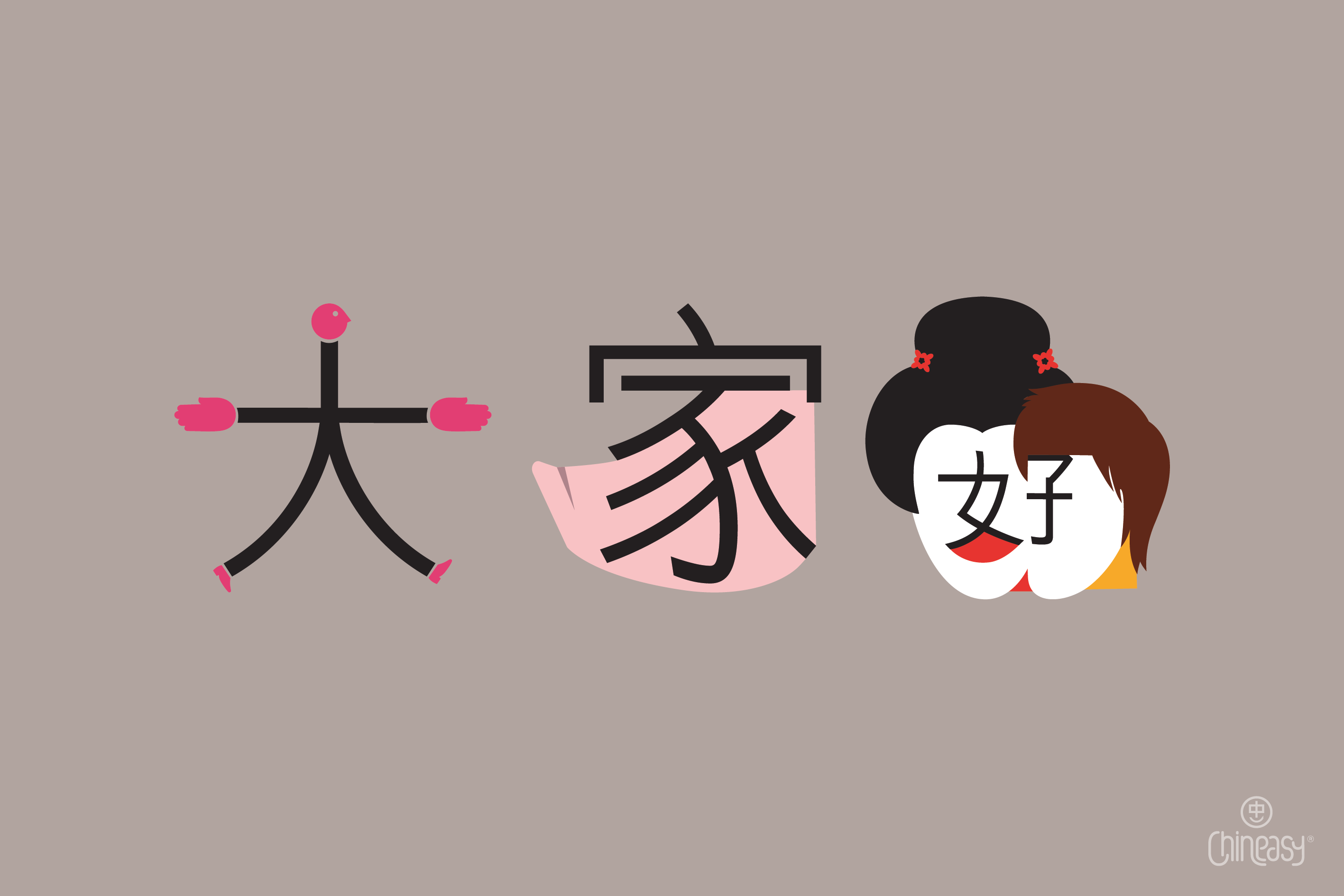The character, 茶, originally referred to a plant with a bitter taste and only came to mean “tea” at the later stage of its etymology.
In fact, there are so many types of tea, and some of them can taste a bit bitter on the first try!
After reading this post, you’ll learn 4 popular types of tea that you can easily get in Chinese-speaking countries.
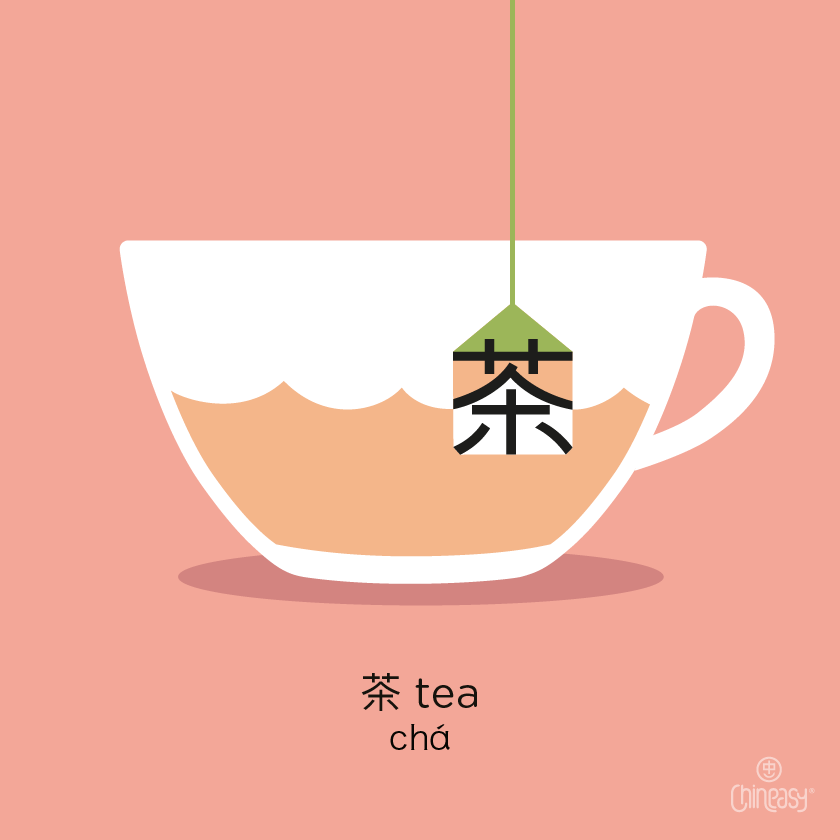
Black Tea 紅茶/红茶
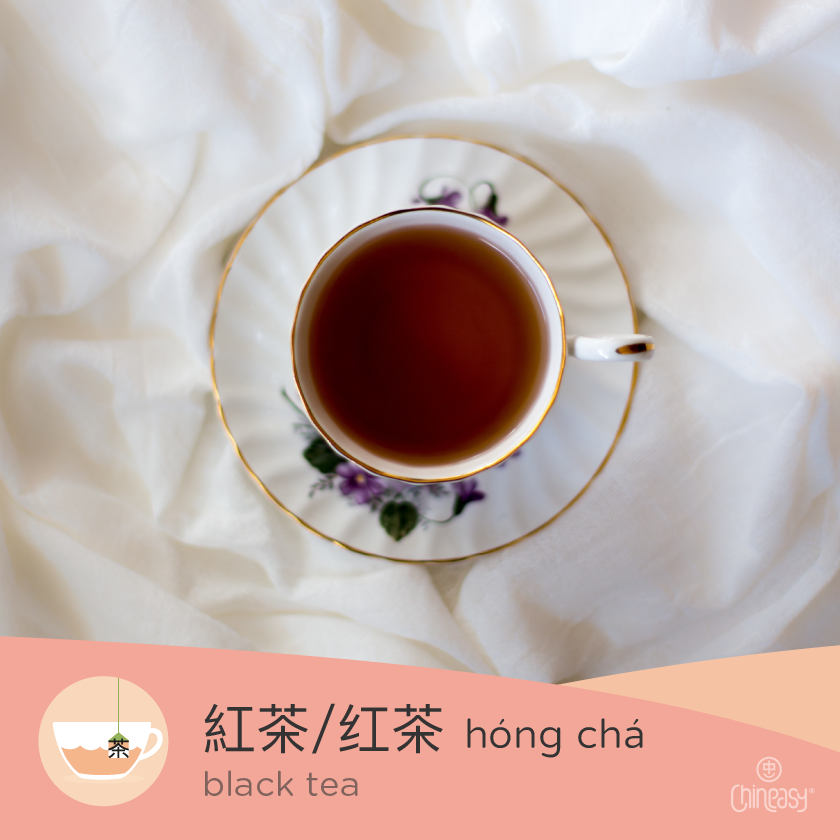
Black tea is heavily oxidized and probably one of the most widespread tea types in the world.
Flavors of black teas can range from sweet to bitter or can be spicy, depending on how long it has been oxidized and how it has been processed.
Interestingly, the color, black in Chinese is 黑 (hēi). However, when translating black tea into Chinese, it becomes 紅茶/红茶 (hóng chá), literally, RED tea.
Milk Tea 奶茶
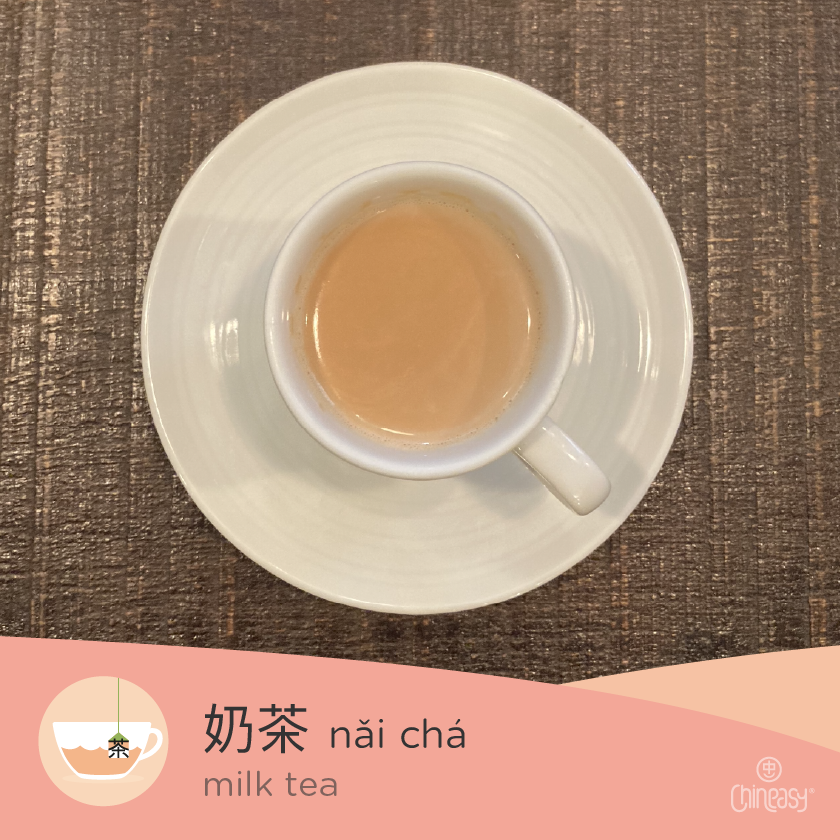
Milk tea, 奶茶 (nǎi chá), can be referred to several different forms of beverage in many cultures, usually containing tea and milk.
In most Asian countries, they love adding “boba” to milk tea, and it has become the well-known and popular pearl milk tea, known as 珍珠奶茶 (zhēn zhū nǎi chá) in Chinese.
The pearls are made from tapioca starch, an extract of the South American cassava plant. Make sure you don’t miss this drink when you visit Taiwan or China.
Green Tea 綠茶/绿茶

Speaking of green tea, 綠茶/绿茶 (lǜ chá), Chinese green tea is the oldest and most popular type of tea.
It has been enjoyed for several thousand years in China. Drinking green tea also has many health benefits. For example, it improves brain function and fat loss, protects against cancer and lowers the risk of heart disease etc.
Matcha 抹茶
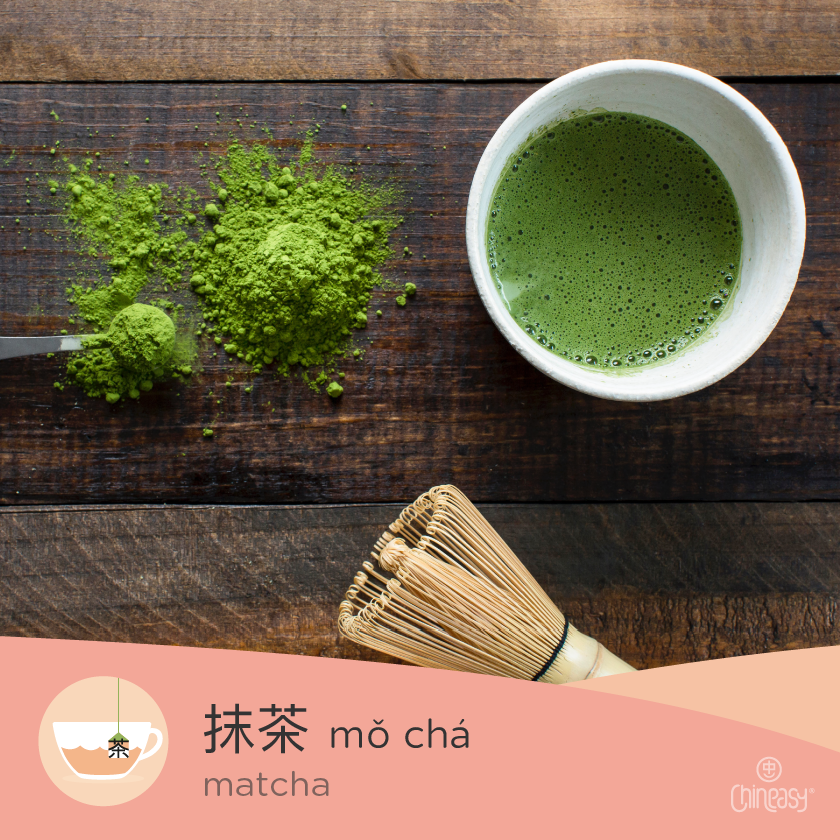
If you’ve been to Japan, you can definitely see various products made by matcha, such as candies, cookies, and drinks.
Recently, matcha, 抹茶 (mǒ chá), is gaining popularity in China.
It’s similar to green tea, and comes from the camellia sinensis plant; however, it’s grown differently.
Farmers cover matcha’s tea plants 20 to 30 days before harvest to avoid direct sunlight. Many studies also show that matcha has various benefits, such as helping protect the liver and promote heart health.

